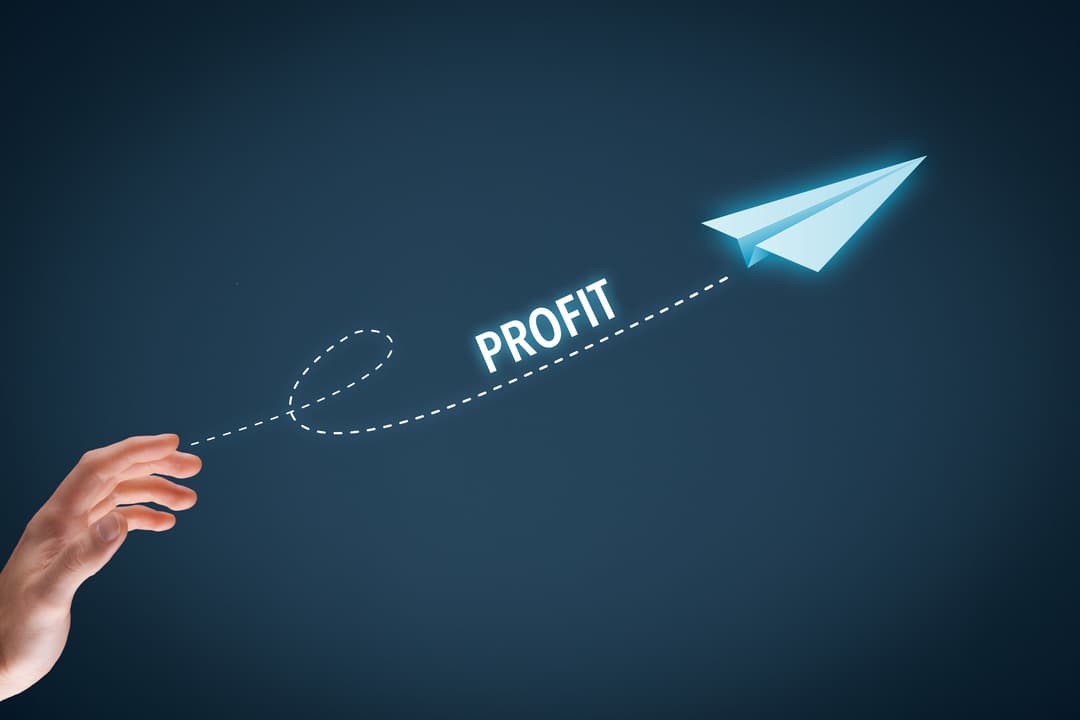
The real ROI of incentivising your channel partners

The connection between technology, employee engagement and ROI

Need easy year-end staff rewards with high appeal? Think vouchers.


In an interview with Forbes, Laurie Ruettimann (author, entrepreneur, and host of the Punk Rock HR podcast) said, “I don’t think we’re surviving a global pandemic to do things in the same way.”
One thing is for sure, after 2020, the workplace is going to look very different. Digitalisation and globalisation have caused radical shifts in the workplace. And the COVID-19 crisis has accelerated these beyond anything we could have imagined.
So, what will the future of work look like?
Here are a few forecasts of what the 2021 workplace has in store.
The number of employees permanently working remotely is set to double in 2021, globally – going from 16.4% to 34.4%. After COVID-19 sent the vast majority of the workforce to work-from-home in 2020, many companies have started to consider long-term remote work policies (or least for the foreseeable future).
Google has extended its work-from-home policies until at least July 2021, along with other major international companies like Uber, American Express and Airbnb.
Local companies, including Shoprite, Dimension Data and RMB are all investigating a longer-term work-from-home policy. Dimension Data is considering a hybrid model that allows employees to split their working week between home and the office, a model that is shaping the future of work for many organisations.
The potential for remote work, however, is highly concentrated in a handful of sectors, such as information and technology, finance and insurance, and management.
The long-standing nine to five work schedule is slowly slipping away. Modern employees are gravitating towards the ability to work anywhere, anytime. The flexible work trend was on the upswing before COVID-19, but it’s become even more commonplace. Especially as employees who were sent to work from home found that a flexible schedule allowed them to better balance work and home life.
Flexible schedules are seen as an employee benefit, which could help attract and attain talent. It also contributes to employee wellness, increases employee engagement and reduces stress levels while improving productivity and employee engagement.
60% of respondents in a recent PwC survey think ‘few people will have stable, long-term employment in the future’. The pandemic has accelerated many changes in the world of work, with one being the rise in the gig economy.
Unfortunately, many companies have had to either shut their doors or do retrenchments due to the impact of COVID-19. This has sent more workers into the flexible/gig work trade. Going into 2021, more companies are likely to maintain a scalable workforce, opting to hire external talent as and when they are needed.
About 70% of the executives in a survey done by McKinsey expect to use more temporary workers and contractors on-site at their companies than they did before the crisis. This is particularly prevalent in the accommodation and food services sector, as well as in healthcare and social assistance.
Wellbeing and mental health is increasingly becoming a primary concern for HR professionals. It’s something that is no longer a head office-only perk but is being made available to employees across the organisation.
There’s an 11% increase in company mindfulness programs and a 13% increase in on-site stress management programs. Programs that focus on wellbeing and mental health are a vital part of employers’ offering support to employees who are struggling with work or their personal life. And these initiatives are perhaps needed now more than ever.
Another trend is employers taking a holistic approach as they prepare for the future of work, looking at wellbeing programs that acknowledge a work/life blend over a work/life balance. Incorporating programs that address a broader set of issues in addition to mental and physical needs, including getting out of debt, legal counsel, or becoming more involved in their community.
Diversity, equality and inclusion in the workforce have been listed as one of the major trends for 2021. This includes more companies implementing policies that address these issues while navigating a fundamentally changed workspace.
In the wake of the Black Lives Matter movement, more of the big-name corporations are making a significant effort to improve their diversity policies.
“Digital transformation, artificial intelligence (AI), IoT, Industry 4.0, mobile, broadband, and the rise of Generation Z are all going to have a major impact on how people work in the coming decade,” according to an article on TechRepublic.
As the number of remote and gig employees rise, so too will those who rely on web-based productivity and collaboration tools to connect them to their jobs. Along with the reliance on automation technologies to take over mundane tasks.
According to research from McKinsey, the adoption of automation technologies has accelerated during the pandemic. Including robotics, autonomous vehicles, and AI-driven software that can perform processing workflows. While all industries have adopted digitisation and automation, the financial and technology sectors have seen the most significant acceleration since the COVID-19 outbreak.
COVID-19 has emphasised ethical issues around employment, further raising the standards that companies are expected to attain. One of the major focuses is on nourishing social capital and sharing knowledge, common experiences and company culture.
With more dispersed workforces, companies need to be more proactive in setting up opportunities to build up social and emotional capital as there are no longer the physical opportunities to facilitate these exchanges.
COVID-19 has drawn intense attention to issues of sanitation and workplace safety. More companies are likely to hire people for health and safety roles. This includes redesigning workspaces – rethinking ventilation, elevator operations and shared spaces.
COVID-19 has already drastically changed the way many jobs are done, with many employers now starting to rethink what the future of work looks like for their organisation. Greater digitisation and automation, more remote work policies, and a higher reliance on gig employees are amongst the biggest trends to come in 2021.